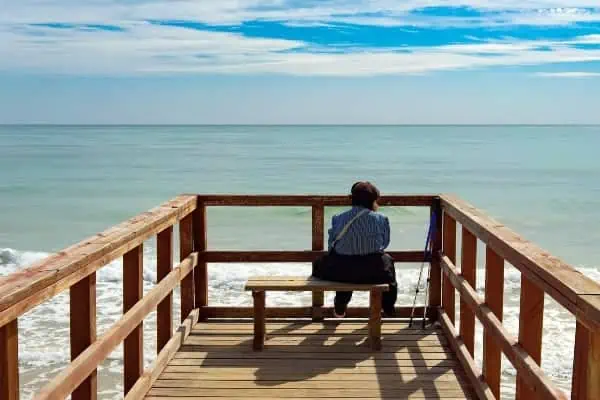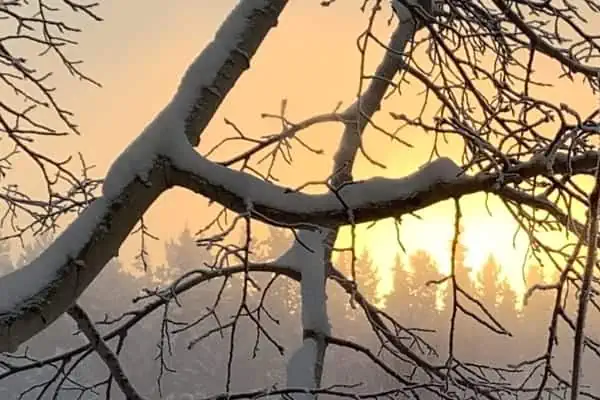I learned an unfamiliar word last week, liminality (liminal space)—the in-between space, a time of transition.
Societies have rituals or ceremonies, such as graduation ceremonies or cultural practices, to recognize the next step for young people to move into new roles. Those of us nearing the end of our life may think of rituals for celebrating our own life or the lives of loved ones. So many have faced the isolation and separation from family members, over the last two years of Covid. We’ve been in a holding pattern, waiting and not knowing what to do next. Do we go back to the old and familiar ways? I’ve taken some time to pause, to reflect on what I’ve learned, to recover and, finally, to emerge out of this “dark cave.” What can we do to support our transition and spring into this new life?
I took a hesitant step forward, in April, and ventured out on a plane to the Vancouver Cherry Blossom Festival. My spirit was lifted by seeing the blossoms of not only cherry trees, but of magnolia, rhododendron, daffodils and tulips. There is something physically uplifting about being surrounded by greenery and bathing in blossoms. Below the falling petals of white cherry blossoms, I saw a young couple sitting on the ground, enjoying a picnic. In Japan, this is a common spring ritual. That evening I talked to my husband, in Whitehorse, who was experiencing the gentle falling of snow and minus 22. On a VanDusen garden walk, with a guide, we stopped to admire a “Snow Goose,” a type of cherry tree. And there appeared a flash of iridescent green, a hummingbird drinking in the blossoms. We enjoyed drinking in the view of the hummingbird and the blossoms.
It was such a gift to see some signs of spring and to imagine that it would soon arrive in the Yukon. Our family’s spring ritual is to go for a crocus walk along the hillside, across from our place, to discover the first ones. We sighted one on April 29. The other markers of spring are the flypast of trumpeter and tundra swans and, if we’re lucky, a bluebird looking for a suitable nesting spot.
While in the Lower Mainland, it was a special treat to spend some time with my sister, who I hadn’t seen in person since the summer of 2019. We went to the Surrey location, the house site my father had built when he settled in Canada in 1937. The new owners demolished the house around 1979, and it is now a church parking lot. In 1979, I was there with my parents, my oldest brother and my husband and son, the day before the new owners demolished the house. I salvaged two lead-paned windows. For my parents, the house had represented a liminal space.
It was a time of transition when the federal government had forcibly moved all people of Japanese ancestry, from the Lower Mainland, to places east of the Rockies, in 1942. That is part of my family history and is one that I continue to research and write about for my family and for others interested in that history. I think legacy stories can help us all to transition to new perspectives and perhaps to identify our own values and direction. For those fortunate to have grandchildren or young people in their lives, stories of life experiences and lessons learned provide wonderful triggers for deep conversations.
We’re all emerging now from Covid restrictions, from the confines of our homes and from the dark and cold of winter. For me, I will get outdoors—camping, walking, gardening a bit (but not enough to hamper my camping trips), socializing with friends and family, retreating to paint with watercolours, writing, reading, and hopefully creating a legacy gift.
What will you do to move out of that liminal space and transition to the next phase of your life?
Stay safe.




